Premium Only Content
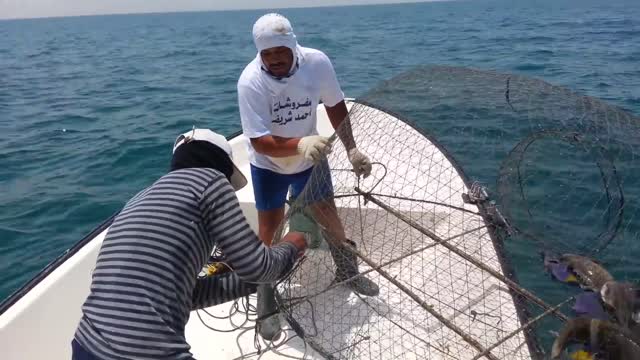
Boat Fishing
If you fish enough, eventually you’ll go home form the lake with a story about the big one that got away. Well, sometimes those stories are the result of fishing without a good landing net. One of the most annoying things in fishing is the loss of a fish right at the edge of the boat – gone, after you’ve put in all the work locating and plotting how to catch them. Many times this situation can be remedied with the right landing net, one that is designed to make it easy to land your specific species, from wherever you prefer to fish.
Beyond that, good landing nets protect the fish and aide in catch and release. Coated nets are gentler on a fish’s skin and enhance the success of a fish’s release back into the water. The right net also protects your hands from sharp hooks, and won’t snag the treble hooks on your baits. Below we’ve reviewed the best landing nets, and there’s one for every type of angler and species.
Each landing net is designed with a target species in mind. There are different designs and sizes for the handle, yoke, hoop, and net material. For instance, the Frabill Power Stow, reviewed above, comes in four different sizes depending on the targeted species; Crappie, Walleye, Bass, or Muskie.
A lift net has an opening which faces upwards. The net is first submerged to a desired depth, and then lifted or hauled from the water. It can be lifted either manually (hand lift net) or mechanically (shore-operated lift net), and can be operated on a boat (boat-operated lift net).
The purse seine, widely used by commercial fishermen, is an evolution of the surround net, which in turn is an evolution of the seine net. A large net is used to surround fish, typically an entire fish school, on all sides. The bottom of the net is then closed by pulling a line arranged like a drawstring used to close the mouth of a purse. This completely traps the fish.
These are held horizontally by a large fixed structure and periodically lowered into the water. Huge mechanical contrivances hold out horizontal nets with diameters of twenty metres or more. The nets are dipped into the water and raised again, but otherwise cannot be moved. The nets may hold bait or be fitted with lights to attract more fish.
Tangle nets, also known as tooth nets, are similar to gillnets except they have a smaller mesh size designed to catch fish by the teeth or upper jaw bone instead of by the gills.
-
 6:07
6:07
Redbulcane
2 years agoBarracuda fishing from the boat
7 -
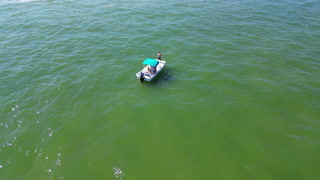 3:27
3:27
BelligerentFreedom
2 years agoOBX Rental Boat Inshore Fishing
2742 -
 4:54
4:54
Boater Place
2 years agoAFFORDABLE BOATS EP.1! $8k FISHING BOAT
5 -
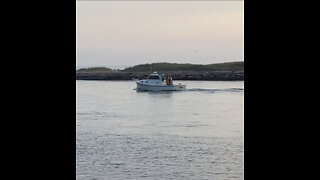 7:58
7:58
tjmayjr
2 years agoFishing Boat “Naida” Leaving Montauk Harbor
28 -
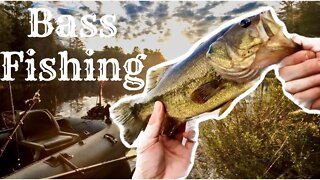 21:34
21:34
TBUPNORTH
2 years agoBass Fishing With Mini Bass Boat
14 -
 21:32
21:32
Lad From The Woods
2 years agoFishing Boat Improvement Plans
14 -
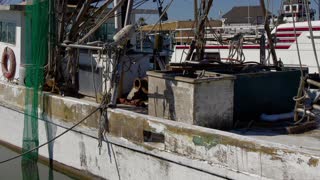 0:19
0:19
bob4570556
2 years agoFishing Boat - Rockport Texas - 20221007
5 -
 14:37
14:37
Deskofpompliano
2 hours ago $0.24 earnedUS-China Deal Could IGNITE The Next Global BOOM | From The Desk Of Anthony Pompliano
5.21K -
 1:17:01
1:17:01
Kim Iversen
2 hours agoTrump SMASHES Big Pharma! Slashes Drug Prices to Save Americans BILLIONS!
87.3K21 -
 36:13
36:13
SantaSurfing
2 hours ago5/12/2025 - Trump Moves - Market Surges! World reset? "Tippy Top"! Much more!
4.02K14